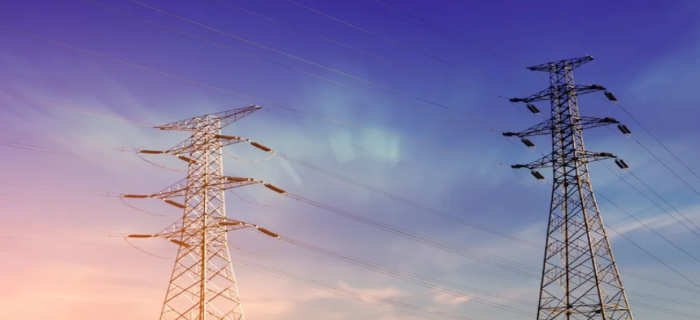
By 2050, electricity will meet more than one-third of the global energy demand.
11 Sep 2024
The share of electricity in global primary energy consumption is projected to increase from 26% in 2022 to 37% by 2050, according to a long-term forecast by Yakov & Partners. This shift will primarily be driven by the expansion of electric transportation, with additional contributions from the electrification of low- and medium-temperature industrial processes, the advancement of hydrogen production through electrolysis, and growing demand for air conditioning in residential areas. Many of these trends are already evident.
For example, global sales of electric passenger vehicles and plug-in hybrids are expected to rise by 35% to 13.8 million units in 2023, increasing their share of new car sales from 14% to 18%, according to the International Energy Agency (IEA). Electricity consumption from electric and plug-in hybrid vehicles more than doubled last year, reaching 97 TWh, comparable to Kazakhstan's annual electricity consumption (112 TWh in 2023). This increase is partly driven by the rapid development of charging infrastructure. The number of publicly available charging stations globally grew by more than 40% to 3.9 million units in 2023, with 1.4 million being fast-charging stations and 2.5 million slow-charging ones.
In the U.S., electric vehicles are contributing significantly to the rise in energy demand. By the end of 2023, electricity consumption by electric passenger vehicles surpassed that of rail transport for the first time (7.6 TWh vs. 6.8 TWh). On the West Coast (California, Oregon, Washington), electric vehicles accounted for 40% of the electricity demand for ground-based light-duty vehicles, while the Mid-Atlantic and South Atlantic states (New Jersey, New York, Pennsylvania, Delaware, Florida, Georgia, Maryland, the Carolinas, Virginia, and West Virginia) contributed another 25%. Electric vehicles represented 0.18% of U.S. electricity consumption in 2023, a figure expected to grow significantly in the coming years.
Electrification is also transforming other sectors of the economy, such as services. Data from the Energy Information Administration (EIA) reveals that the share of electricity in primary energy consumption for U.S. commercial real estate increased from 38% in 1979 to 61% by 2018. During the same period, the share of fuel oil decreased from 14% to 1%, and natural gas from 44% to 34%, while thermal energy remained steady at 4%. These changes are largely attributed to the transition to electric heating, the growth of air conditioning systems, and workplace digitalization.
Significant electrification potential remains in industries, particularly in developing countries. According to Ember, only the aluminum sector in India has a high electricity consumption share (80.1% in 2022), while sectors like cement (10%), petrochemicals (10%), and steel (8.5%) are far less electrified. The steel industry could boost electrification by transitioning from oxygen-converter furnaces, which rely on coking coal, to electric arc furnaces.
Despite this, transportation will remain the primary driver of global electrification in the coming decades. The forecast from Yakov & Partners anticipates an average annual growth in electricity demand of 9% in the transportation sector through 2050, compared to 1% in industry, 2% in residential areas, and 6% in other sectors.



leave your comment